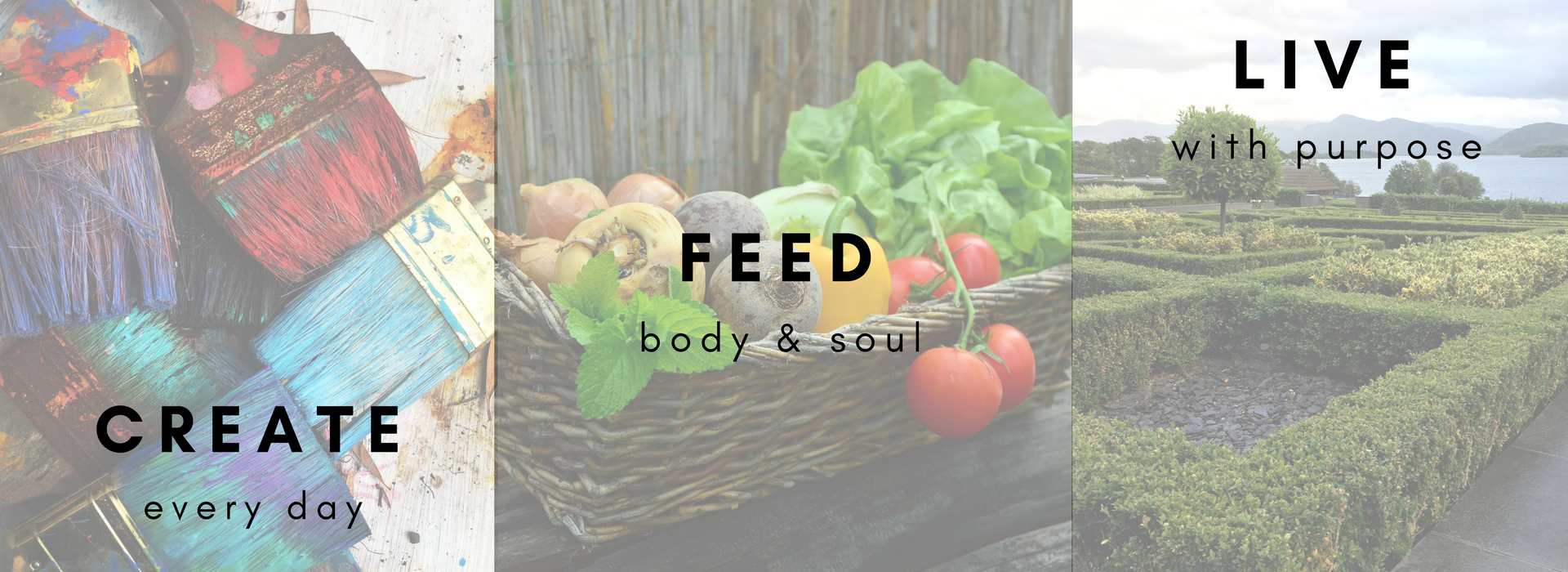Every day comes with at least some stress, but with the holidays approaching, even those who consider their lives low stress start feeling a bit more anxious. Those with high stress to start with often compound their stress just thinking about how much more stress there will be. Whew!
So here are 13 things you can do in less than five minutes (some in under a minute) that will help to take the edge off:


1. Breathe.
I sound like a broken record on this, but this one thing can make huge difference in your reaction to a situation. Take a moment and breathe deeply and slowly. Three times. Do it now. Then…
2. Smile.
If you have to fake it, that’s okay – just don’t turn it into a snarl. Repeat if necessary. Repeat even if not necessary. Smile at a stranger for an added boost of serotonin and endorphins (which make you feel good). When they smile back, you get a bonus boost!
3. Take a walk.
You’ll get more out of a 40-50 minute walk, but even five minutes, especially in fresh air, will do you and your body good.
4. Stretch.
Reach both arms above your head and stretch. Better if standing, but even just reaching above your head while sitting will have benefits. Pointing and flexing each foot (ideally with leg extended) can also be done while sitting.
5. Laugh out loud.
LOL for real. Think of time when you laughed really hard over something – you don’t even have to remember what you were laughing about, just remember the sensation and try to duplicate that. You may not get to that level of laughter, but you at the very least genuinely smile and probably even giggle a little.
6. Hum.
Hum a tune, say the word hum and hold the “mmm” sound, whatever.
7. Sing.
Sometimes this one is best done when you’re alone, and if you are then sing at the top of your lungs! Aim for an upbeat song.
8. Dance.
It’s okay if the music is only in your head. Just move, shake, and bop around for a few minutes. Take a bow.
9. Daydream.
Take one minute to imagine yourself doing your favorite activity, or relaxing, or winning the lottery. See it, hear it, smell it, taste it, feel it. (Set a timer if you’re afraid you’ll get sucked in too deep to your daydream to come back to reality).
10. Rub your hands together vigorously.
As if you are trying to warm your hands, rub your palms together for about 15 seconds. When you stop, feel not only the heat, but the energy force between your hands as you slowly separate them.
11. Doodle.
Scrap of paper and a pencil. Draw something: a line, circles, a picture, anything. There’s a lot to be said about the power of doodling.
12. Yawn.
Open your mouth really wide and it will come. It may even happen a few times, and that’s okay.
13. Make a paper airplane.
Flying it is optional. It’s the process of making that will help lower your stress level. I like to make tiny ones out of sticky notes.
Keep this list handy for anytime you need a quick dose of stress reduction. You can Pin the graphic from here, or visit our Pinterest site for this and more great stuff: http://www.pinterest.com/ITakeSuccess/quotes/
What do you do to relieve or reduce stress?

 When talking to people about meditation, I often hear this: “I try to meditate – clear me mind – but my mind starts racing! Meditation doesn’t work for me.”
When talking to people about meditation, I often hear this: “I try to meditate – clear me mind – but my mind starts racing! Meditation doesn’t work for me.”


